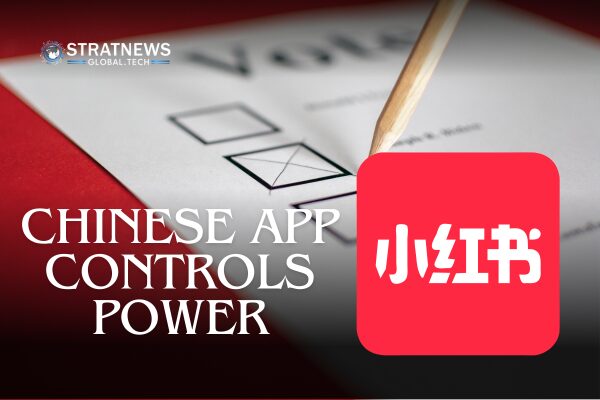Labor and Liberals Target Chinese Diaspora Ahead of 3 May Poll
As Australia heads into a closely contested federal election, both major parties are vying for the support of Chinese Australian voters, whose influence could determine the outcome in marginal seats. In 2022, Labor’s Jerome Laxale won the Sydney seat of Bennelong with help from Chinese Australians angered by former Prime Minister Scott Morrison’s sharp rhetoric towards China. Now, that same voting bloc is once again in the spotlight. Laxale, who won the seat by just 1%, is taking no chances. He’s distributing 30,000 red envelopes with QR codes linking to his profiles on Chinese social media platforms Xiaohongshu (also known as RedNote) and WeChat. “If you want to communicate with your electorate, you need to go where your electorate are,” he said.
Labor has only ever held Bennelong twice, and never for consecutive terms. Laxale said, “If Bennelong do choose me, it’d be history.”
Social Media and Softened Rhetoric Aim to Rebuild Trust
The federal election on 3 May will test the Albanese government’s ability to hold key seats like Bennelong amid declining popularity and economic pressures. With cost-of-living issues dominating the national conversation, the Chinese community’s support is far from guaranteed.
Opposition Leader Peter Dutton is also working to rebuild the Liberal Party’s relationship with Chinese Australians. Many turned away from the coalition in 2022 due to Morrison’s confrontational stance on China during the COVID-19 pandemic, which coincided with China’s A$20 billion trade sanctions on Australian goods.
While Labor has since normalised ties with Beijing, Dutton has launched his campaign in Chisholm, Victoria, which has the country’s highest percentage of Chinese ancestry at 28.9%. Bennelong ranks second.
A Liberal Party review after the 2022 defeat identified Chinese-heavy electorates as key battlegrounds. The party saw a 6.6% swing against it in these areas, almost double the national average of 3.7%.
Xiaohongshu Becomes Political Campaign Tool
Both parties are increasingly turning to Xiaohongshu to connect with younger, tech-savvy Chinese Australians. At least 21 Australian politicians are now active on the platform, with some attracting thousands of followers. Keith Wolahan, the Liberal MP for Menzies, has nearly 7,800 followers on Xiaohongshu—far more than on other platforms like X or TikTok.
Xiaohongshu, which mainly features lifestyle and product content, is not banned on government devices, unlike TikTok. However, MPs use it cautiously, with all interviewed politicians confirming they avoid using it on official devices due to security concerns.
Despite the app’s growing use in political campaigns, Xiaohongshu appears to restrict political visibility. Searches do not directly show politician profiles, and their posts are not promoted unless users already follow them. As a result, candidates like Laxale use QR codes in physical materials such as red envelopes during Lunar New Year festivities to guide users to their accounts.
Voters Want Economic Relief, Not Just Diplomacy
For many Chinese Australians, the economy remains the top issue. Rising inflation, high interest rates, and ongoing housing pressures affect this demographic particularly hard. Small business owners—prominent in the Chinese Australian community—have felt the squeeze.
“There’s a higher percentage of small business owners in the Chinese diaspora,” said Wolahan. “They’ve been particularly sensitive to higher inflation, interest rates, and in Victoria, higher taxes.”
Frank Guo, a Bennelong resident and mortgage broker, supported Labor in 2022 to protest the Liberals’ stance on China. This year, he’s likely to switch back. “After all, the party represents the interest of my class,” he said.
As the election nears, both Labor and the Liberals must not only address foreign policy but also offer convincing domestic plans. For Chinese Australian voters, the choice will likely come down to who can best ease daily economic pressures.
with inputs from Reuters


